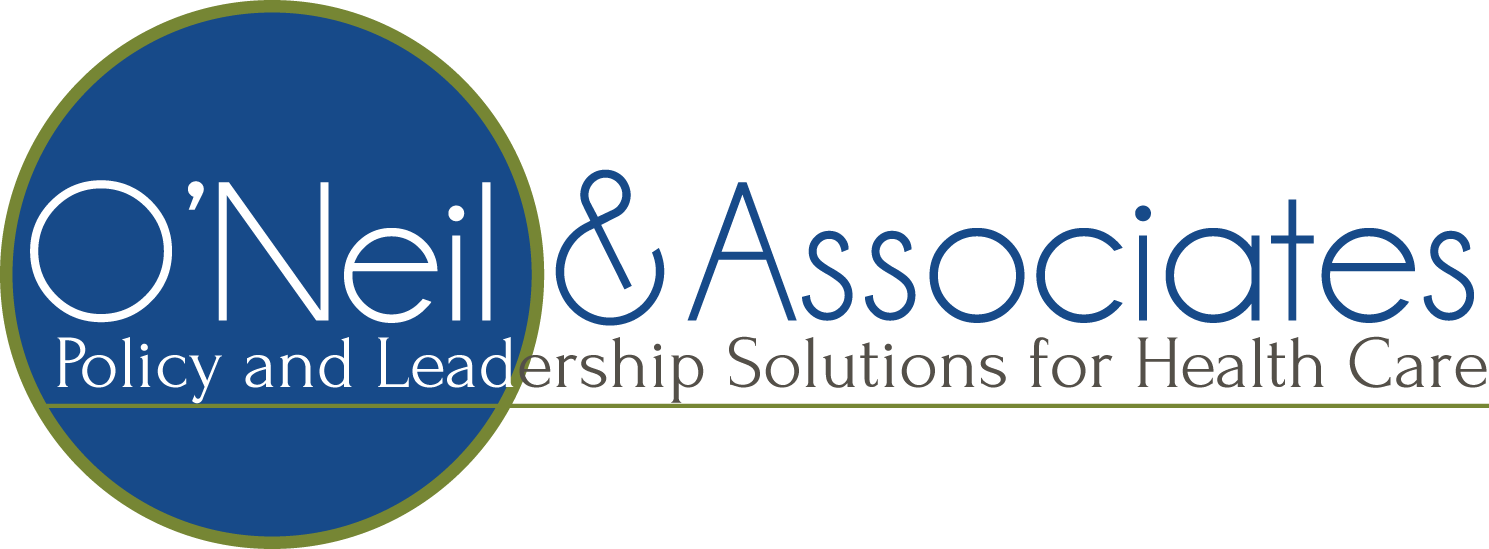It has been a bad week at the Center for the Health Professions. It started in a nursing leadership class where every story of hospital failure seemed to return to the same complaint. Just like a bone that breaks again along an old fracture line, each tale of poor communication, endangered patients and disheartened nurses, all came back to the broken professional relationship between physician and nurse. This in turn led to the vicious circle of blaming, poor communication, more stress and worse outcomes. Later at a planning session focused on improving patient safety, there were more tales from pharmacists about their inability to get the attention of physicians to help them with the medication reconciliation process. The pharmacists have the knowledge, experience, skills and commitment to address this issue, but they consistently felt left out of a process in which they see physicians struggle. The pharmacists ended the discussion by deciding to withdraw effort, leaving the doctors on their own. Another missed opportunity. Finally, I facilitated a meeting with some primary care providers focusing on their leadership profile. The discussion soon left leadership, turning to their feelings of being overwhelmed by the work of being a doctor. In quick measure they also expressed frustration, resentment and anger over the way things have turned out. Like anyone in such a place they looked for someone to blame. The list was familiar: managed care, health plans, the government, regulators, even the ungrateful patients. I didn’t leave the meeting feeling as if I had advanced their ideas of leadership and responsibility.
The professions of nursing, pharmacy and medicine all acknowledge a deep commitment to serving the patient’s health, but are failing the patient and each other in the way they work together. While they place blame and devise ways they could use new resources to solve the problem, the reality is that the patient’s health won’t improve and the system won’t be efficient until they can work together as a high functioning team.
In this dynamic each has a dysfunctional role. The tragedy for medicine is the tyranny of power. The physician has the power and ability to create a supportive and constructive environment. Often I observe two different departments, groups or sections of physicians working in the same service in a hospital. One creates a shared culture of team responsibility, treats all members with respect, values the information and insight of all members and transforms that environment into one better for the patient and the other professional. But working on the same patient in the same room is a physician from another department who stills carries out the old hierarchal, team devastating, physician centric ethic. This interaction produces dysfunction, miscommunication, reluctant compliance and passive aggressive behavior. Ultimately the patient suffers as does the work environment. The ultimate leadership challenge for most physicians is not mastering new technology, quality improvement and financial management, all of which are important. The challenge is to find comfort and facility with a new way of being in and leading a team. Without this the other necessary steps to improvement will take longer, be costlier and never have quite the transformational return that they promise.
The challenge for nursing in this tale of woe is to remember that leadership competence is an integral aspect of health care delivery. Too often I have witnessed the passive compliance which has been learned and willingly accepted by staff nurses. Improving the quality of health care outcomes, the safety of patients and the efficiency of the system will require the active engagement of nurses. And it must be an engagement of cooperation and collaboration, not of conflict and contentiousness. Nurses must, from their training onward, be taught that a part of their role is leadership and facilitation of these processes. The expectation of this genuine leadership role, and the specific skills to make it come alive, are key to changing the nursing role around leadership. Without it nursing will continue to build elaborate schemes of leadership and professional action, but they will not connect with what is truly needed: a shared model for professional action.
Pharmacists are late to this consideration. Emerging over the past twenty years in a newly invigorated clinical role they are now driven by the growing efficacy of drug products to treat an aging population and the burden of chronic disease. The leadership challenge for the profession is to move from the comfort of technical precision, “counting by fives” as my pharmacist friends would say. Too often pharmacists overplay their technical hand and forget that much of the work that is needed to advance health care is the human interaction and the leadership skills associated with these “soft” tasks. The challenge for pharmacists will be to recognize and value these dimensions.
The dead elephant in the room is leadership. Not leadership of, but leadership with. Knowing this and acting on it will determine whether and how changes to our health care system will come about.
